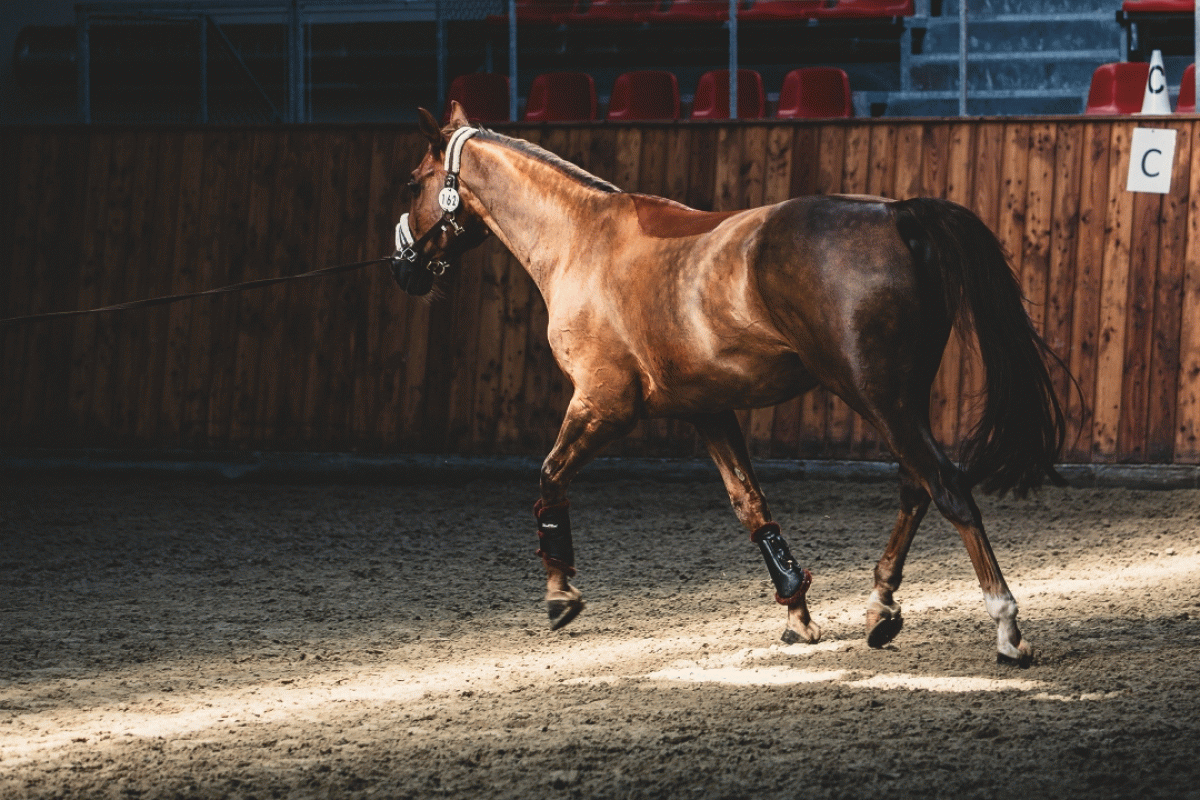
Types of mentioned break differ - nationally competing horses usually have a period with a decreased amount of workload during autumn or winter, while international horses compete all year long. It is every rider's task to find the proper time for their horses to rest in the never-ending circuit of showing and traveling. This time of rest is usually thoroughly chosen according to an individual show plan. So why is a layoff of such significance?
The most worthwhile task during a post-season break is to clean your and your horse's head. By taking a few weeks off, you avert burnout and reset the mindset of your horse, so he can shake off the months spent competing and be happy under saddle. This time is also great for rehabilitating past injuries that may have occurred during the show season, and most riders plan a session with a physiotherapist - for them and their horses - to remedy potential problems.
"Horses that experience perpetual exercise or stress, or vigorous travel and show-schedule, are more likely to suffer from gastric ulcers, colic, injury, behavioral problems, or poor performance. That's why every horse benefits physically and mentally from periodic training layoffs or at least significant reductions to their workload," says Wendy A. Schofield from Hagyard Equine Medical Institute in Lexington.
There is also no need to be afraid of fitness loss. If a horse has a break for a month or less, a little loss of oxidative enzymes occurs, but with a negligible impact on overall performance. Layoffs shorter than a month have no adverse effect on bone and soft tissues.
"Most performance horses do best with a reduced workload in the offseason that allows them to maintain a baseline level of fitness," notes Schofield.
Suitable is to work with horses at least twice a week with a reduced intensity to maintain fitness at this time of a year.
Still, when you decide to bring this break to an end and begin to train for a new show season, you have to be careful with the workload and add the amount of exercise progressively. "Riders and trainers should allow time for reconditioning to avoid bringing horses back too quickly, especially after an extended layoff," says Schofield.
If you want to be completely aware of the way you bring your horse to a better shape after a break, let EQUIMO help you. With the overall view of burned calories, length, and intensity of your sessions, you can keep track or the proper progressive training.